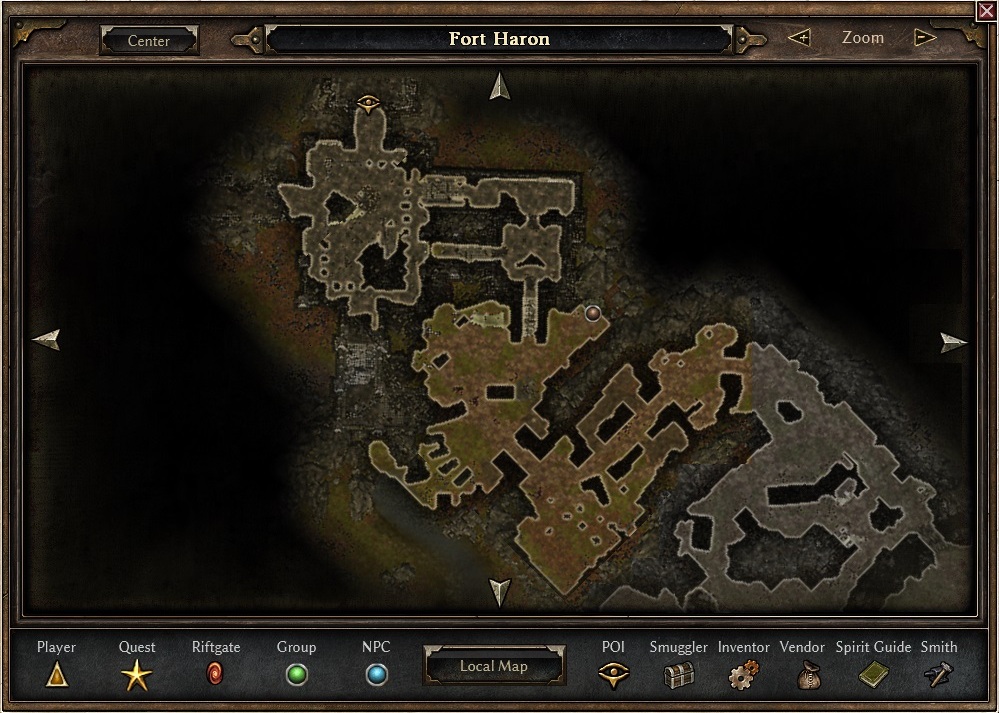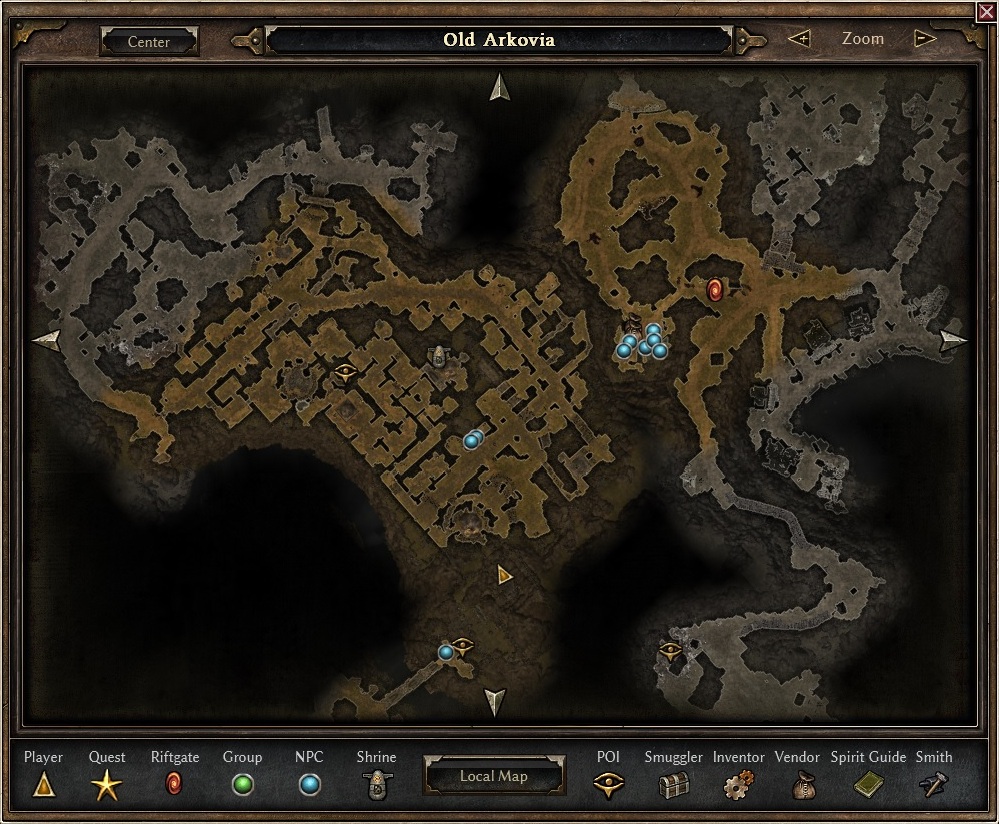

Given how much more content there is to start with, Grim Dawn is definitely a step ahead from the get-go. Now, sure, you can take a break and do ubers – but those honestly become more of a joke towards the endgame, and in some way more of a chore, just like your dailies, as you’ll need it for enhancing your gear and crafting certain pieces/reagents.īut, if that wasn’t enough – here’s the worst part: the loot you get is all the same, each and every time. And while the Rift system takes up the majority of your endgame content options, it’s hard to find it all that entertaining.Įven if you’re a competitive player and focus on climbing your way up in greater rifts and hitting the top 3 spots for your class on the leaderboards for your server – you’re essentially recycling content with next to no diversity. When it comes to Diablo 3, you’ve got rifts, ubers, and special event areas to peruse. Once you’ve steamrolled your way through the main story and campaign modes, it’s pretty much expected that the game should have something to offer in terms of an endgame in order to keep you engaged and playing. Grim Dawn goes far beyond Diablo 3’s rift system to offer an expansive and dynamic end game for players who’ve played through the main story. This made it very hard to gear up an entire roster of characters without having to physically play the particular character as you couldn’t buy individual pieces or trade with friends who lucked out on a drop that you needed. Diablo 3 started out with a pretty relaxed approach to player-to-player trading, even featuring an Auction House in the earlier days of the game’s existence.īut due to rampant botting, Blizzard soon took down the Auction House and limited player-to-player trading in a major way. However, this is also where we run into the first kink on the road. In itself, this is a pretty ‘run of the mill’ setup and it’s generally relatively cushy for most ARPG players.


Jumping in for the first time, you’ll find a pretty familiar and straightforward locked-class system that offers a pretty simple progression tree with each skill being particular to the class you choose. Now that we’ve talked about the lore elements and the story elements that you’ll find in either game, let’s have a look at the combat systems and class setup that either title has to offer.įirst off, let’s take a look at Diablo 3.

Unlike Diablo 3, Grim Dawn allows you to mix and match classes Titan Quest style to create the perfect playstyle for you. Which Game Has The Better Story Line?: Grim Dawn Comparing The Combat System & Classes Sure, you might be missing the angels/demons/different races and whatnot – but that’s quickly replaced by the fact that the quests you get and the NPC interactions you go through are actually interesting, dynamic, and tie-in among themselves to form complex stories that you’ll gradually piece together as you progress further and further in the game. In contrast to this, Grim Dawn offers one of the richest and most engaging stories that you can find in any ARPG! Overtop of this, the whole game was far more focused on creating a re-play anchored around the co-op hack and slash factor so much more than creating a rich, dynamic, and story-filled world. In fact, the storyline featured in Diablo 3 almost doesn’t tie in with the previous games in the series, and in itself, it’s just pretty short, bland, and dry. However, if you played through it and found it to be rather…lacking, you wouldn’t be the odd one out. In 2020, if you’ve had a chance to play through the entire Diablo series, you’d find that Diablo 3 features extensive lore and a fairly engaging storyline. It’s no secret that ever since the first Diablo came out on Decem– the world of Sanctuary has evolved leaps and bounds.
Grim dawn map series#
While the lore across the Diablo series is rich and engaging – Diablo 3 delivers a relatively minimal and dry storyline compared to Grim Dawn.


 0 kommentar(er)
0 kommentar(er)
